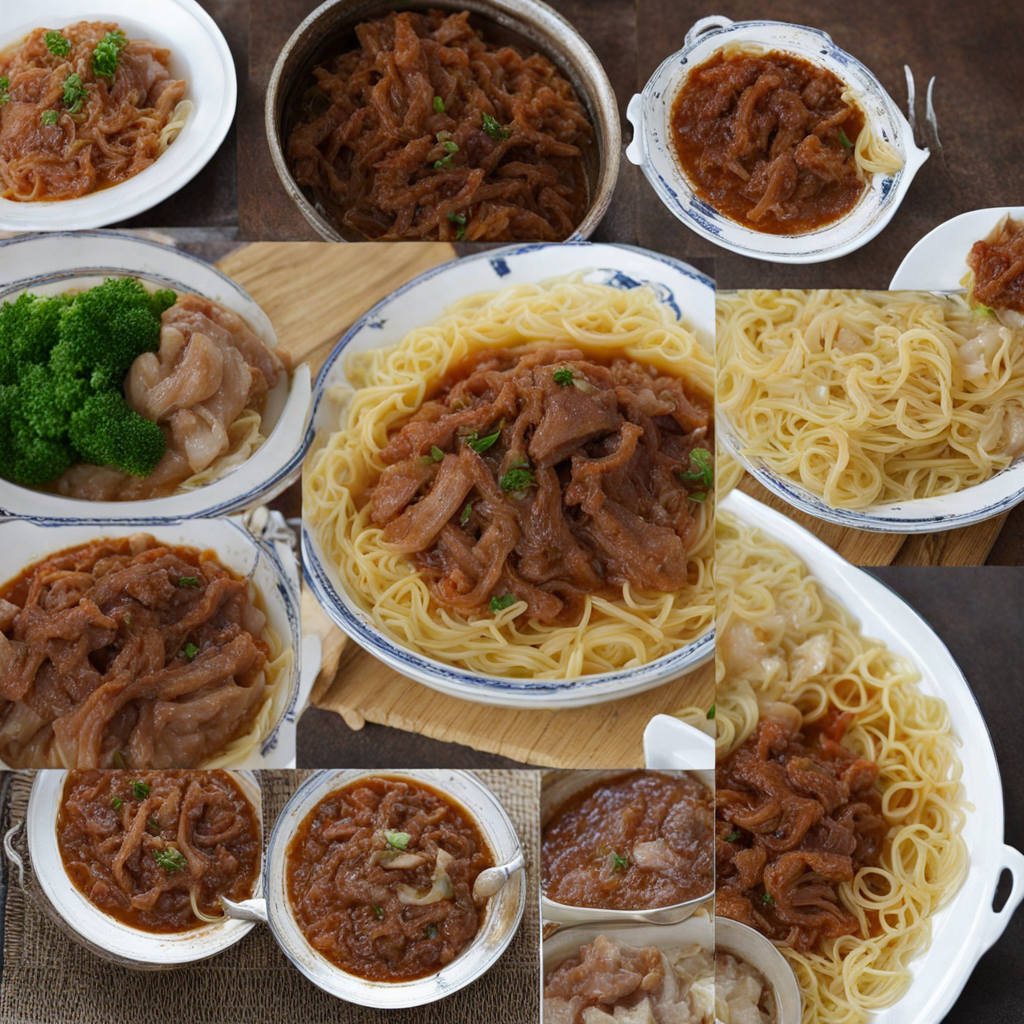Chak Chak
Chak-chak is a traditional delicacy from Kyrgyzstan, celebrated not only for its delightful taste but also for its rich cultural significance. This sweet treat is made primarily from dough and honey, showcasing the simplicity yet profound flavors that characterize many dishes in Central Asian cuisine. Over the years, chak-chak has become a staple at festive occasions, weddings, and family gatherings, symbolizing hospitality and celebration in Kyrgyz culture. The history of chak-chak can be traced back to the nomadic lifestyle of the Kyrgyz people, who relied on easily transportable and shelf-stable foods. As they roamed the vast steppes, they sought out ingredients that could endure varying climates while still providing sustenance. The combination of flour, eggs, and honey used in chak-chak reflects these historical needs. While variations of fried dough confections are found across Central Asia, chak-chak holds a unique place in Kyrgyz culinary traditions, often served during significant occasions, including the celebration of the New Year and other communal gatherings. The preparation of chak-chak involves making a simple dough from flour, eggs, and salt. The dough is rolled out into thin sheets, which are then cut into small, bite-sized pieces. These pieces are deep-fried until they achieve a golden-brown color, resulting in a light, crispy texture that contrasts beautifully with the sweetness of the honey syrup. The syrup is made by heating honey until it reaches a slightly thick consistency, and often includes additional flavorings such
How It Became This Dish
Origin of Чак-чак Чак-чак, a traditional sweet delicacy from Central Asia, holds its roots deeply within the cultural fabric of Kyrgyzstan and neighboring regions. This dish is primarily made from flour, sugar, and honey, reflecting the agrarian lifestyle and the natural resources of the area. The name "чак-чак" is derived from the sound of the dough being torn into small pieces, which is a crucial step in the preparation of this dessert. Historically, the origins of Чак-чак can be traced back to the nomadic tribes of the region, who relied on simple yet nourishing foods that could be easily prepared and transported. The dish is believed to have been created by the Turko-Mongolian nomadic tribes, and its earliest iterations likely involved the use of basic ingredients available to these communities. As trade routes expanded and cultural exchanges occurred, the recipe for Чак-чак evolved, incorporating local techniques and flavors, making it a staple in Central Asian cuisine. Cultural Significance Чак-чак is not merely a dessert; it is an integral part of the social and cultural fabric of Kyrgyz society. This sweet treat is often associated with celebrations, festivals, and significant life events such as weddings, birthdays, and religious holidays. It symbolizes hospitality and generosity, reflecting the Kyrgyz ethos of sharing food with guests. In Kyrgyz culture, offering Чак-чак to visitors is a gesture of respect and warmth. It is often presented alongside tea, which is a central element of Kyrgyz hospitality. During festive occasions, large platters of Чак-чак are prepared, showcasing intricate designs and vibrant presentations, thus emphasizing the importance of food as a communal experience. The act of preparing and sharing Чак-чак strengthens social bonds and fosters a sense of belonging within communities. Preparation and Variations The preparation of Чак-чак is a labor-intensive process, requiring skill and patience. The dough is made by mixing flour with water and salt, then rolled out and cut into small pieces. These pieces are deep-fried until golden brown and then coated in a syrup made from honey and sugar. The final product is often shaped into various forms, from small clusters to elaborate towers, showcasing the creativity of the cook. Over time, regional variations of Чак-чак have emerged, influenced by local tastes and customs. In some areas, nuts and dried fruits are added to enhance the flavor and texture, while others may incorporate spices such as cardamom or cinnamon. The use of different types of flour, including whole wheat or barley, can also alter the dish's character. Despite these variations, the essence of Чак-чак remains consistent, representing the communal spirit and culinary heritage of Kyrgyzstan. Çak-çak in Modern Times In the contemporary culinary landscape, Чак-чак has evolved while still retaining its traditional roots. With globalization and the rise of food tourism, this beloved dish has begun to attract attention beyond its geographical confines. Many Kyrgyz chefs are now experimenting with Чак-чак, incorporating modern techniques and presentations that appeal to a wider audience. Social media platforms have also played a significant role in popularizing Чак-чак, with food enthusiasts sharing recipes, photographs, and stories surrounding this delightful treat. As a result, Чак-чак has found its way into international food festivals and culinary showcases, allowing it to reach diverse audiences who may be unfamiliar with Kyrgyz cuisine. Furthermore, the resurgence of interest in traditional foods has led to greater appreciation for Чак-чак as a symbol of Kyrgyz identity. Many Kyrgyz people, especially those living abroad, take pride in sharing this dish as a representation of their cultural heritage, thus promoting a sense of community and belonging even when far from home. Chak-chak and Culinary Heritage The significance of Чак-чак extends beyond its taste; it embodies the rich culinary heritage of Kyrgyzstan. As a dish rooted in tradition, it serves as a vehicle for storytelling, connecting generations through shared recipes and memories. Elders often pass down their knowledge of how to prepare Чак-чак, ensuring that the cultural practices surrounding this dish are preserved for future generations. Moreover, the preparation of Чак-чак often involves family gatherings, where members come together to participate in the cooking process. This collaborative effort not only strengthens familial ties but also serves as an educational experience for younger generations, teaching them about their culinary roots and the importance of community in Kyrgyz culture. In recent years, there has been a growing movement to promote traditional Kyrgyz foods, including Чак-чак, as a means of cultural preservation. Initiatives aimed at documenting and revitalizing these culinary practices are gaining momentum, ensuring that dishes like Чак-чак continue to hold a special place in the hearts and minds of the Kyrgyz people. Conclusion In summary, Чак-чак is more than just a sweet treat; it is a profound expression of Kyrgyz culture and identity. Its origins as a nomadic food, its role in social gatherings, and its evolution over time reflect the resilience and creativity of the Kyrgyz people. As this dish continues to adapt to contemporary tastes and global influences, it remains a cherished symbol of hospitality, community, and the rich culinary heritage of Kyrgyzstan.
You may like
Discover local flavors from Kyrgyzstan







